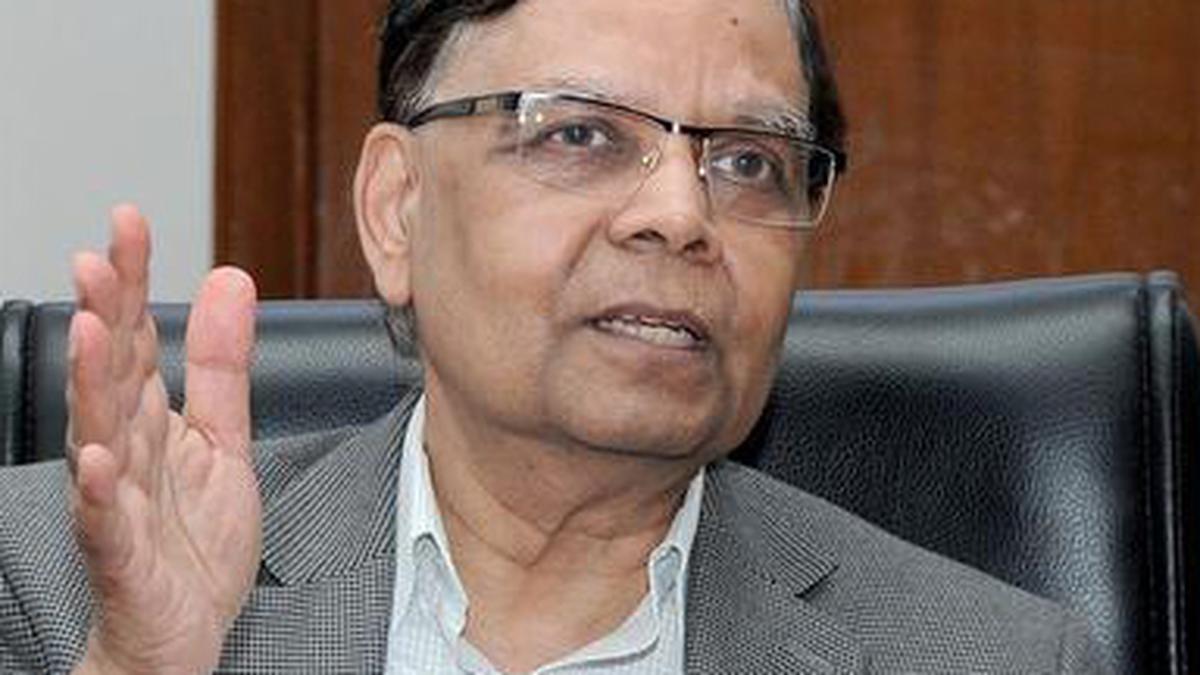
Panagariya pitches for more labour-intensive industries
The Hindu
Arvind Panagariya advocates for shifting to labour-intensive industries to reduce agriculture employment and boost productivity in India.
Making a strong case for more labour-intensive industries in sectors like apparel and footwear to reduce the concentration of low-productivity employment in agriculture, Sixteenth Finance Commission chairman Arvind Panagariya said on Friday that India’s preference for businesses that depend on capital or skilled-labour is a legacy from the “Nehru era”.
Noting that 45% of India’s workforce is still employed in agriculture which produces about 15% of the GDP, Mr. Panagariya said there is a historical reason behind India’s successful industries being in sectors like machinery, pharmaceuticals, IT and petroleum refining. Wage costs account for just 4% of total costs in the auto industry and that, he said, is very typical of Indian industry.
“The focus generally in our intellectual thinking… and that goes all the way back to the Nehru era, that we started off with steel mills, machinery industries... and that kind of industrialisation got hardwired at all levels if you look at the political class, the bureaucracy and the businessmen,” he said at a CII summit.
“But in the end, without, at least some of the capital beginning to move into these more labour- intensive activities, you would continue to have very heavy employment concentrated in agriculture, and that simply will impede the transformation that is actually required,” Mr. Panagariya said, adding that this would require labour reforms as well as more capital being deployed in such sectors.
Citing the example of South Korea, where agriculture accounted for about 70% of employment in 1960 but had dropped to 18% by 1990, Mr. Panagariya also cited the development of Shenzhen and Shanghai in China that have transformed into industrial hubs since the 1980s.
“A massive relocation of labuor from relatively low productivity employment into high-productivity employment, also raises the productivity in agriculture quite dramatically, because then the land available per worker, per farm worker actually became much larger,” he pointed out.
“So that I think is ultimately our challenge, and I expect that this is a challenge we are going to try to meet in the coming couple of decades. Otherwise, the growth prospects are absolutely excellent for India,” he said.











